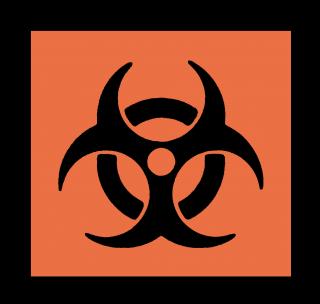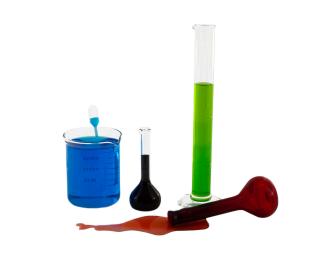DSEAR refers to ‘The Dangerous Substances and Explosives Atmospheres Regulations 2002’. It is designed to help ensure effective hazardous material management and safe chemical storage in the workplace.
Under the DSEAR act, employers are legally required to:
- Carry out an assessment of the workplace and processes to determine what dangerous substances ( e.g. chemicals) are stored in the workplace and what potential fire and/or explosion risk they create. If as an employer you have 5 or more employees, then you are required to record the results of your risk assessment.
- Reduce or eliminate the risk of fire or explosion and the effects it may have on employees and members of the public.
- Put together a plan to deal with accidents or emergencies involving the dangerous substances.
- Inform employees of the risks and control measures and provide adequate training as required.
- Classify hazardous zones in those areas of the workplace where explosive atmospheres may exist and reduce the risk of explosion by ensuring that all equipment (electrical and mechanical) used in these zones is Atex rated or safe for use in explosive atmospheres.
To eliminate the risks posed by hazardous substances, you could choose to remove these dangerous substances. However, this will not always be possible so instead, it is imperative that you therefore try to reduce the risk of fire and explosion posed by such chemicals. To reduce such risks, you should consider the following 11 actions:
- Reduce the volumes of hazardous substances stored on site, especially indoors.
- Move hazardous materials out of the factory to an appropriate external secure chemical storage unit.
- Store hazardous waste outside the factory building in an appropriate hazardous/clinical waste storage unit.
- Hazardous substances that must be used indoors should be stored safely in appropriate flammable storage units with fire protection and spillage containment / bunds.
- Ensure that all electrical and mechanical equipment used in areas where there hazardous substances are stored close by is Atex rated and will not create a spark which could ignite the vapours.
- Install extraction systems to extract potentially explosive vapours from the workplace.
- Put chemical bunds in place to capture and retain spilled hazardous liquids.
- Put emergency measures in place including spill response, evacuation etc. to deal with incidents.
- Train employees to deal with incidents.
- Prevent members of the public or visitors from entering the hazardous zones.
- Consider safety measures for when hazardous substances are being delivered or dispatched.
For more information on how you can ensure effective chemical storage in the workplace, feel free to get in touch!


